Read about the conservation you helped support


Read about the conservation you helped support

Wherever you live, I urge you to notice the nature that surrounds you, whether you’re in the middle of a city or alongside a river, prairie or woodland.
Nature is hard at work removing carbon from the air we breathe, filtering our fresh water and providing crucial habitat for wildlife.
In 2022, as our state and nation faced flooding, fires, hurricanes and other disasters worsened by the climate crisis, we were reminded that our call to protect nature—and support the people, economies and ecosystems depending on it— has never been more urgent.
Yet as I write this, we are also reminded of the many reasons for hope.
Thanks to donors like you, we’re seeing success in our Prairie state— through our Women in Fire program, our work to save critical prairie at Nachusa Grasslands and our participation in the global shift to renewable energy. I hope you enjoy these stories and are inspired by the work you supported.
Across Illinois and around the world, you empower us to step in whenever nature needs a champion. Because of you, TNC can bring science—along with ingenuity, innovation and on-the-ground insight—to find solutions to even the most daunting challenges.
This edition of Giving to Illinois reminds us that, working together, we will always find a way.

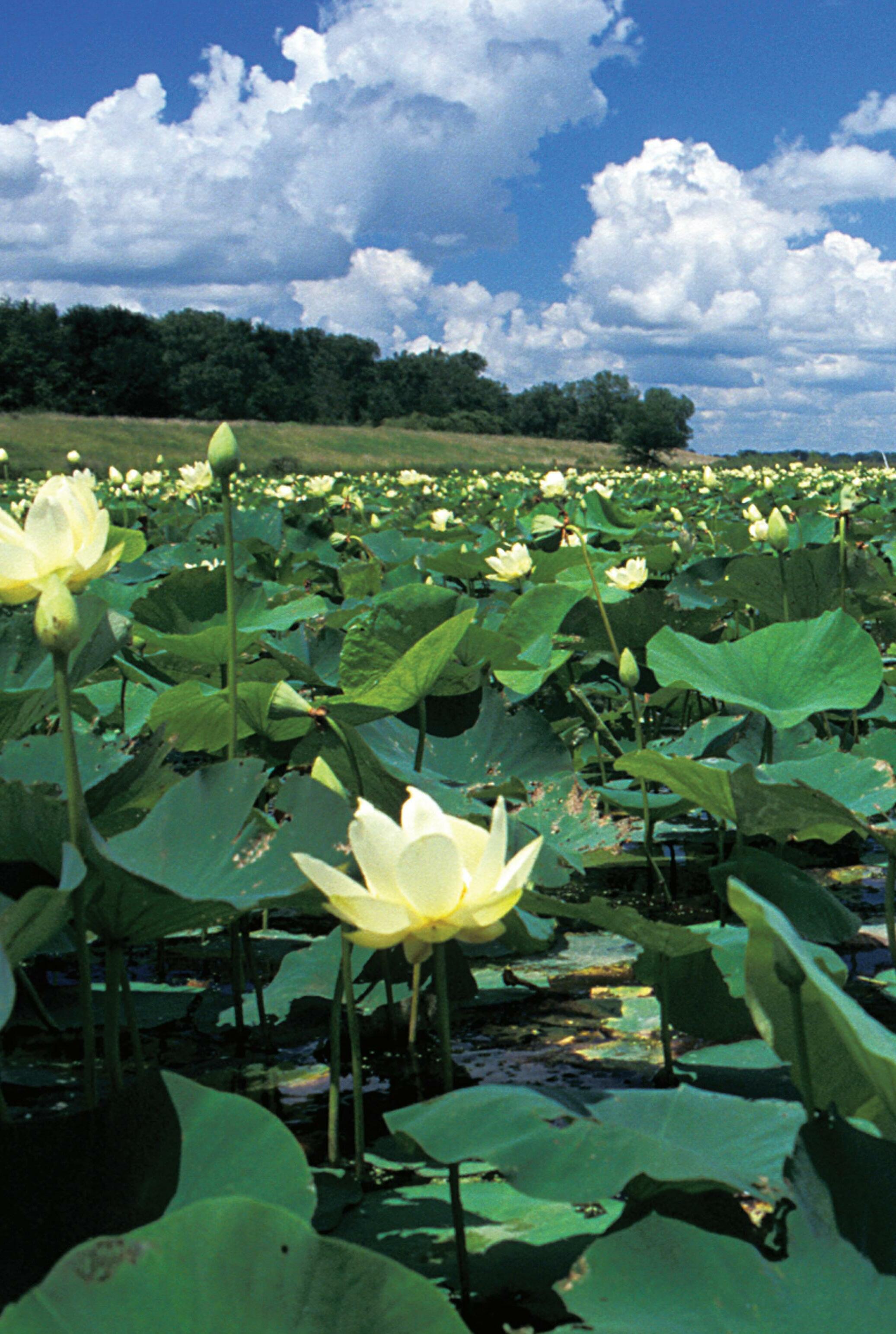 Yours in conservation, Michelle Carr Illinois Director, The Nature Conservancy
ABOVE : © Cristina Rutter
Yours in conservation, Michelle Carr Illinois Director, The Nature Conservancy
ABOVE : © Cristina Rutter
The mighty Mississippi River connects our nation’s heartland to 32 states on its journey to the Gulf of Mexico.
Our freshwater team kept their eyes on the links between the waters of Illinois and those far away. Flowing from creek to stream to river to ocean, water is the quintessential connection that holds people and the planet together.
In the Midwest, all tributaries lead to the mighty Mississippi River which connects our nation’s heartland to 32 states on its journey to the Gulf of Mexico.
TNC’s Emiquon preserve in central Illinois is on the Illinois River, a key tributary to the Mississippi River. This year, we used our demonstration site at Emiquon to showcase restoration success for partners around the world. In 2015, we installed a connection between the preserve’s wetland and the Illinois River, which allows us to manage this site to enable the seasonal water fluctuations that river floodplains once naturally experienced. This sort of restored hydrology allows natural plant communities to thrive, which in turn provides important habitat for native animal communities.
At Spunky Bottoms, another TNC wetland preserve just downstream from Emiquon, we are installing a water control structure using what we’ve learned from from installation and management at Emiquon. We are working toward a future where the two preserves contribute to the health of the Illinois River while maintaining thriving, natural wetland ecosystems. Together, these sites are a model for freshwater connections—from our nation’s heartland to our vast oceans.
Thanks to philanthropic support, TNC is now well positioned to take advantage of new federal funding for freshwater work, ensuring that the streams and rivers of Illinois return remarkable benefits to the heart of America and the rest of the world.
From the Mississippi to the Amazon, fresh water is deeply linked to landscape health.
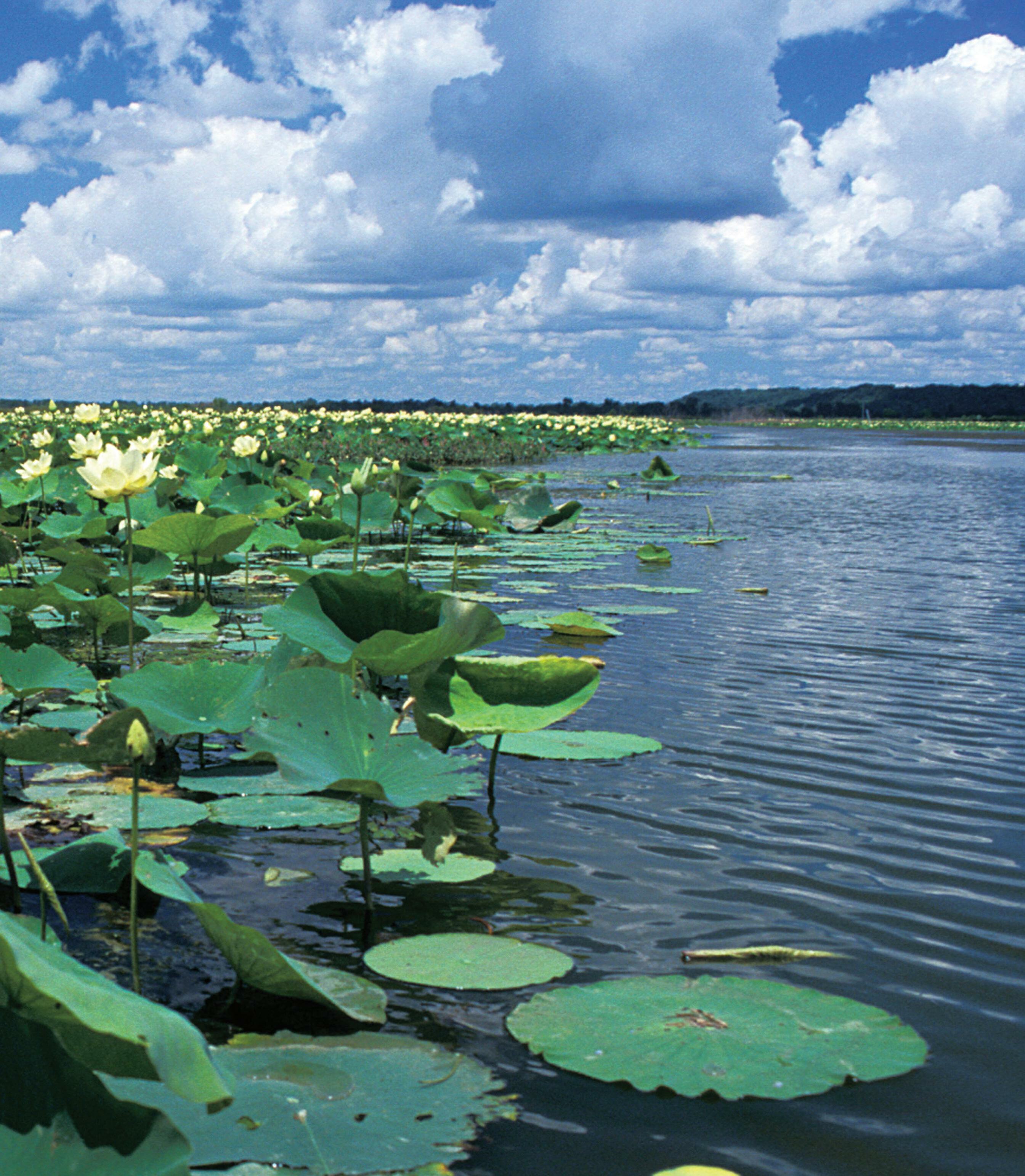
TNC Brazil is keeping its waters healthy by re-imagining its agriculture system.
Alongside partners, TNC completed a study in the state of Pará—home to 20% of the Amazon—showing that sustainable forest management by Indigenous and local communities can create big returns.
Incentivizing this approach to agriculture through policy, investments and market establishment is helping the state of Pará guide Brazil and the region at large toward a low-carbon, socially fair economy.
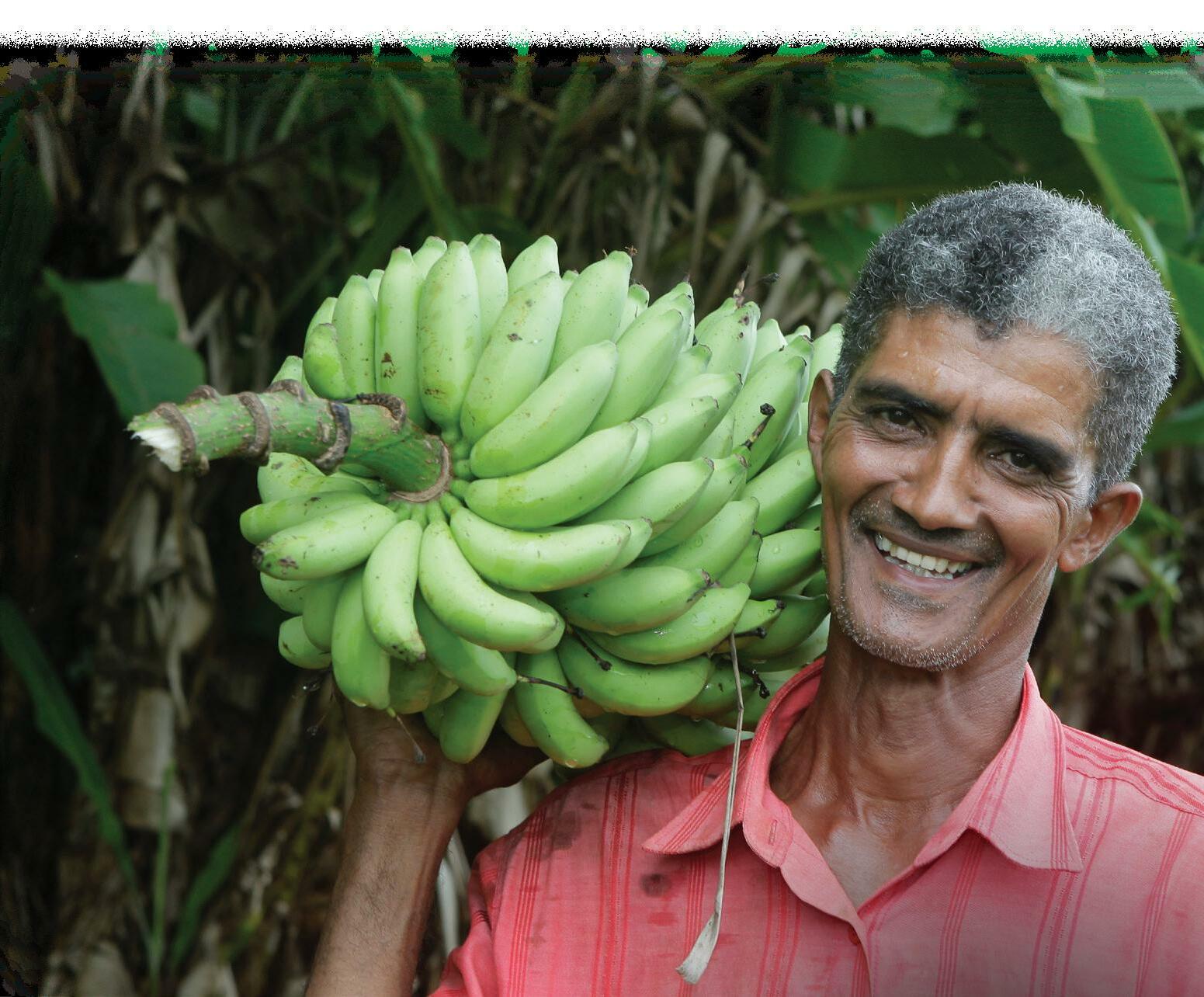
This summer, TNC completed a statewide analysis to identify abandoned mine lands and brownfields that are suitable for renewable energy development.

Guided by a global goal of net-zero carbon emissions by 2050, the United States continues to ramp up the shift to renewable energy—primarily through the expansion of wind and solar. Incentives are now in place at the federal level and in Illinois to facilitate this critical transition.
Yet, the much-needed buildout of renewables requires land—potentially an area equal to Wyoming and Colorado combined. Careful planning can support a national buildout that minimizes impacts to natural areas and enhances environmental outcomes. That’s why we are working to gain important insight on smart siting—the process of selecting low-impact locations to minimize disturbance to habitat and sensitive plants and animals.
Our work includes advocating for the placement of renewables on degraded land, like mines or landfills. This summer, TNC completed a statewide analysis to identify abandoned mine lands and brownfields that are suitable for renewable energy development.
We were encouraged when we found more than 160,000 acres of surface mines that are potentially suitable for solar development, along with 59 utility-scale brownfield sites (50 acres or more) and 49 community-scale sites (10–50 acres). Siting renewables on these locations, instead of on natural areas or prime farmland, can reduce potential environmental impacts while also creating a new use for otherwise marginal land.

Our next step is to talk with energy developers, industry, government agencies and others to understand opportunities and barriers to incentivizing the placement of renewables on these lands. Policy changes and advocacy will help support smart siting in Illinois, along with connecting the dots to help investors put solar projects in the places we’ve identified.
Combining solar sites with native prairie plantings provides habitat for wildlife, supports water retention and improves soil health. In Illinois, where over 99.9% of the state’s original prairie habitat has been lost, planting beneficial vegetation within solar facilities is one way to boost critical habitat for pollinator species, such as the iconic and endangered monarch butterfly. We are nearing completion of guidance for Illinois on how to integrate pollinator-friendly habitat with solar arrays to encourage wider adoption of this practice.
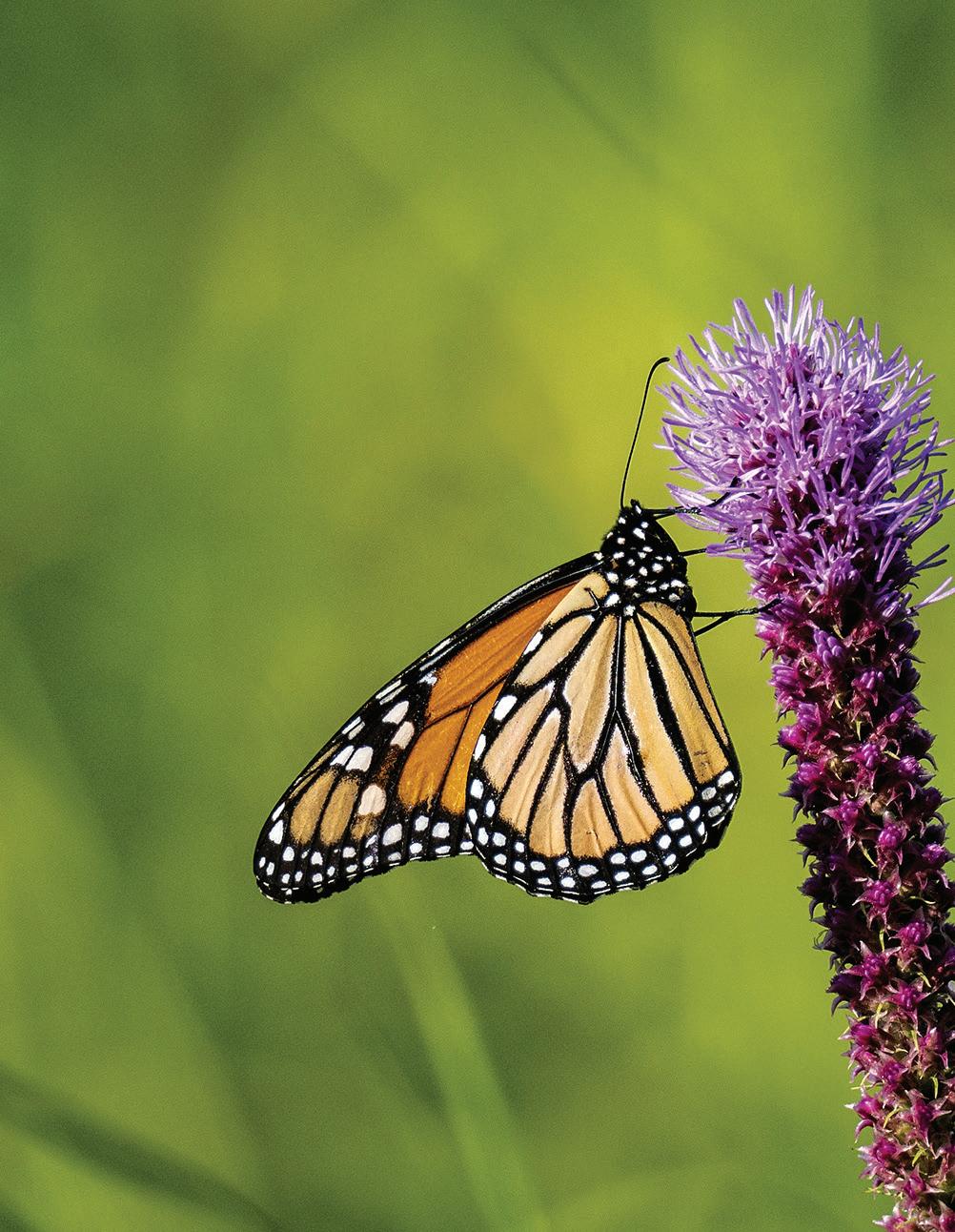 LEFT: © Fauna Creative
LEFT: © Fauna Creative
TNC’s joint Women in Fire program with the USFS aims to increase the number of female wildland firefighters who are trained to work locally and equipped to join wildfire crews nationally.
Stretching more than 290,000 acres across southern Illinois, the majestic Shawnee National Forest requires more conservation care than any one agency can manage alone.
In 2022, TNC continued our partnership with the U.S. Forest Service (USFS) and the Illinois Department of Natural Resources to bring prescribed fire to the landscape, stimulating the growth of native species, improving habitat and reducing the severity of wildfires.
In the spring, we prepared and burned 12,000 acres through our shared Interagency Habitat and Fuels Crew. We also worked with the volunteer-led Southern Illinois Prescribed Burn Association to help landowners get fire onto their private properties, expanding the region’s collective habitat management capability. Finally, the team completed its third year of TNC’s joint Women in Fire program with the USFS, which aims to increase the number of female wildland firefighters who are trained to work locally and equipped to join wildfire crews nationally.
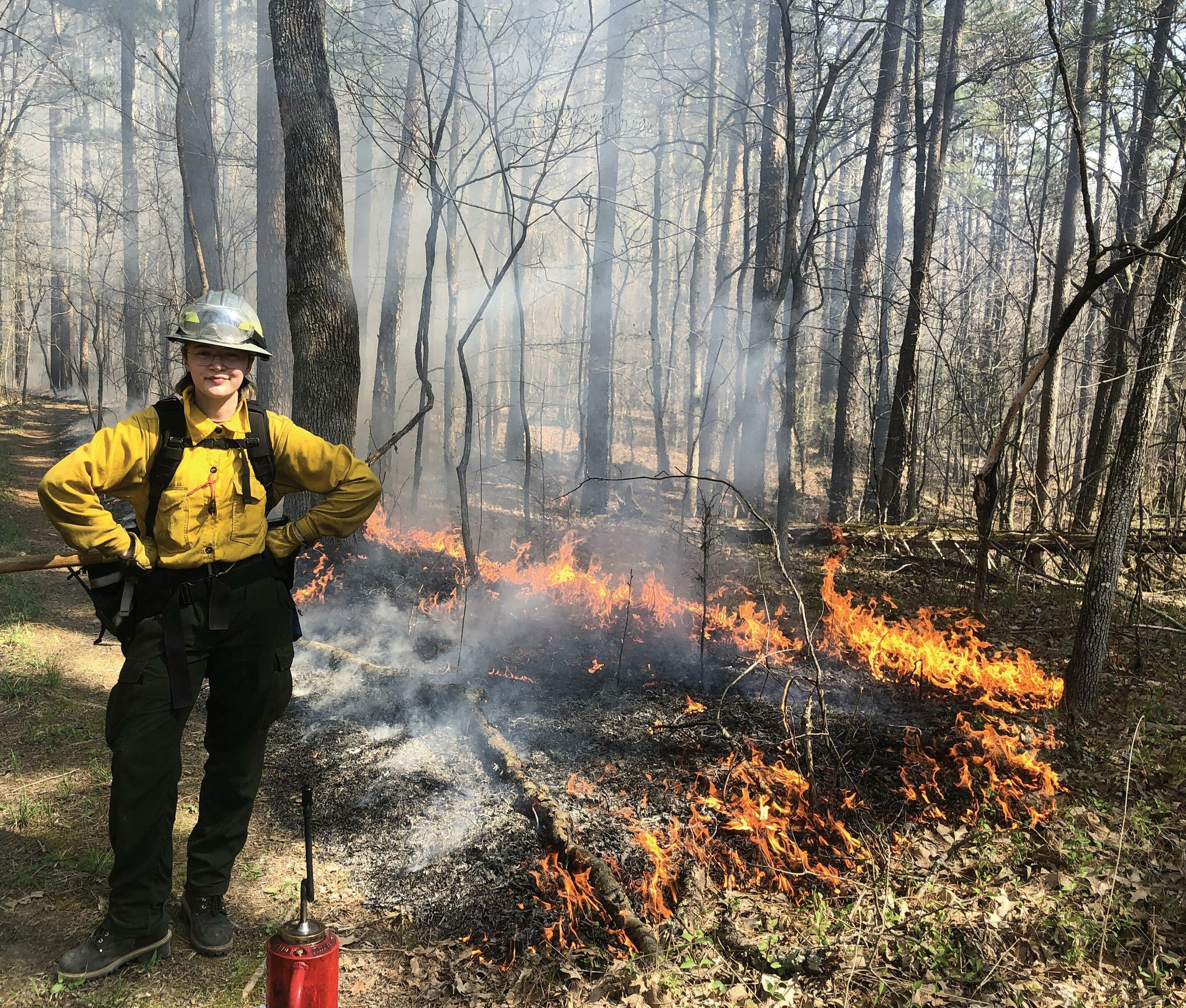
Conservation practitioners around the world look to the 4,000 acres of prairies, wetlands and savanna at TNC’s Nachusa Grasslands for inspiration. Among the reasons is Nachusa’s reputation as a hub for collaboration.
The preserve hosts scientists from across the United States as they collect data that informs conservation decisions far and wide. For example, scientists monitor populations of threatened species to evaluate which management activities can support them.
In 2022, those decisions again involved the “turtle dogs,” specially trained Boykin spaniels who sniff out state-protected and elusive ornate box turtles. The dogs are trained not to harm the turtles, and the turtles are returned to the locations where they were found after being examined. Once the dogs have located turtles, graduate students from the University of Illinois’ wildlife epidemiology laboratory estimate the turtle population size and health, identify stresses in the environment and make recommendations to improve their habitat. One project monitored which weather factors influence when turtles hibernate in the fall and emerge in the spring. The staff at Nachusa can use these models to plan prescribed fires for maximum ecological benefits and minimal impact on the turtles.
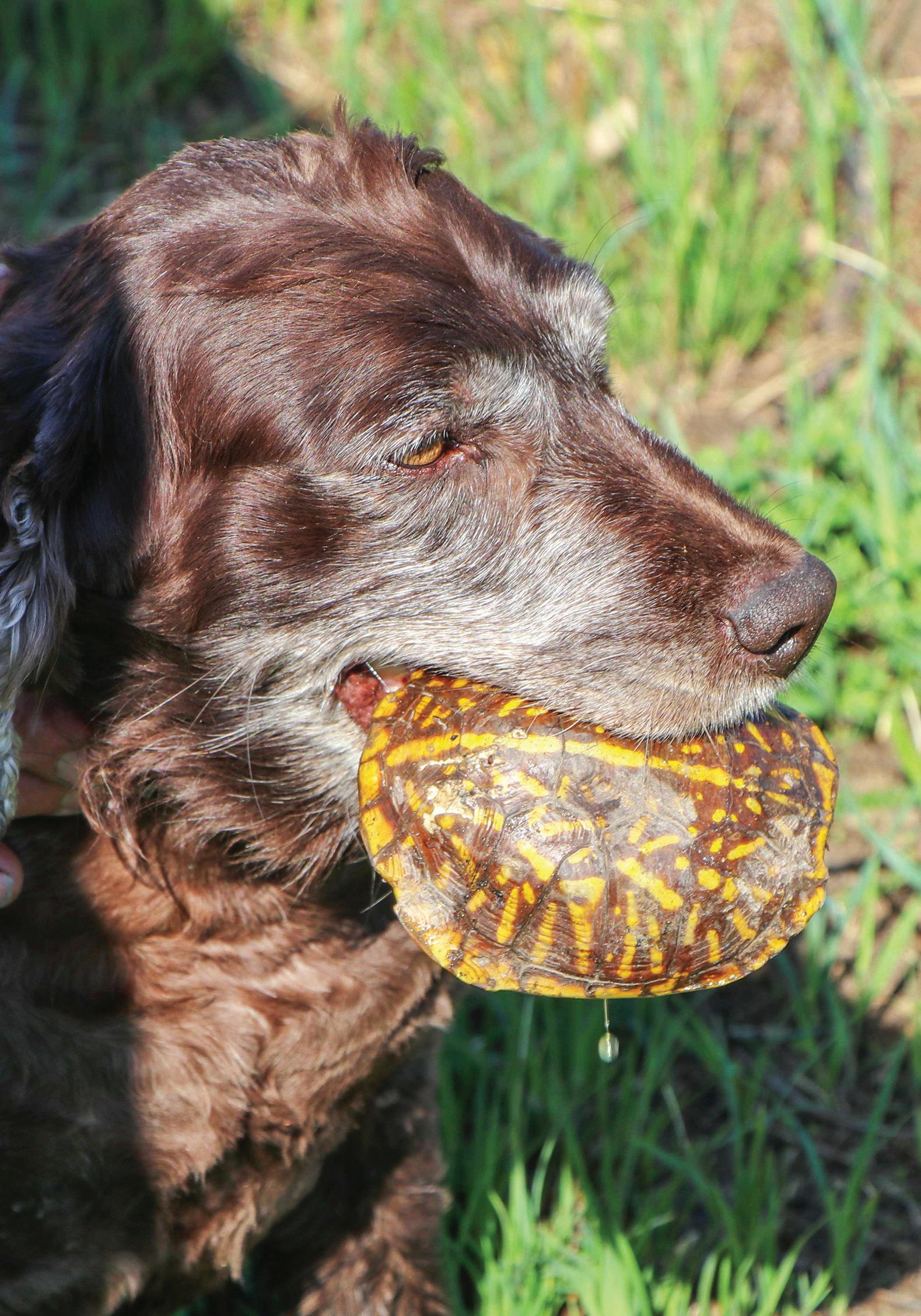
This past summer, Nachusa staff were awarded an internal TNC grant to purchase a weather station with probes to monitor on-site air and soil temperature. This allows the team to precisely identify when conditions become favorable for turtles to emerge from hibernation. Prescribed fire is not conducted after conditions suggest that turtles are emerging.
All of this information creates a massive dataset that builds our understanding of long-term trends and supports conservation decisions in other places. Good land management informed by the turtle data means a healthier habitat for all the fire-dependent plants and animals who share the ecosystem, whether at Nachusa or in similar habitats across the nation.
400 N. Michigan Avenue Suite 1100 Chicago, IL 60611 nature.org/Illinois
To make a gift of any kind to The Nature Conservancy is an act of generosity. To make a long-term gift—one derived from the work of a lifetime— is to make a commitment beyond measure.
To learn more about The Legacy Club, or if you are a Legacy Club member and have a question, please contact Jacob Smutz, jacob.smutz@tnc.org or 312-580-2368.
For more information, please visit us online at nature.org/legacyclub.
2022
The Nature Conservancy in Illinois is grateful for the vision, leadership and generosity of our trustees.
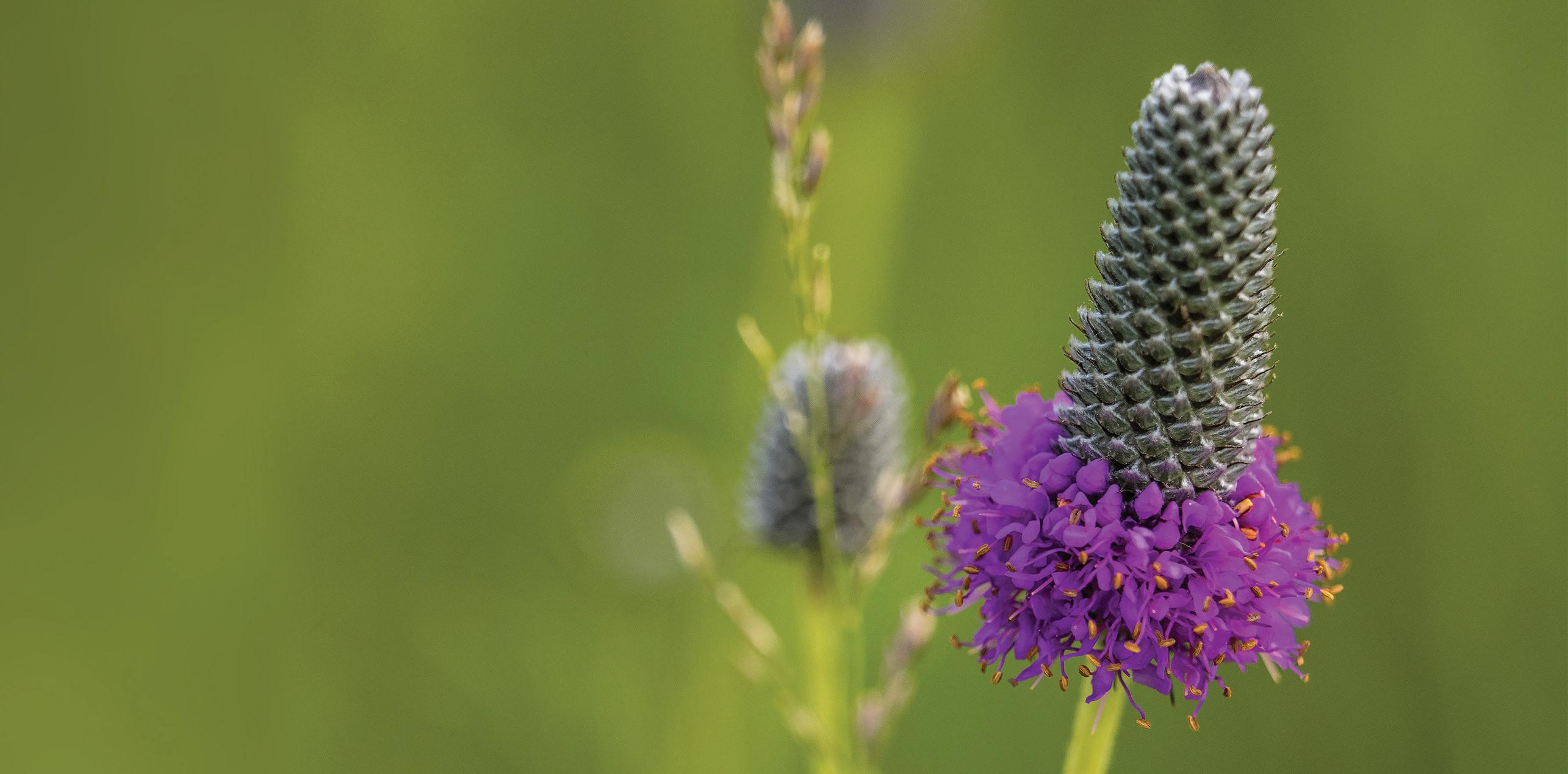
William M. Miller, PhD CHAIR
Mamadou-Abou Sarr VICE CHAIR
Rebecca Gerchenson
TREASURER
Yvonne Bruce
Luis Gutierrez
Kunal Kapoor
Lydia Link
Ian McCutcheon
Brad McMillan
Pin Ni
Ann Suker Potter
Shari Rogge-Fidler
Alison Taylor
Matthew Walker
Donald J. Wuebbles, PhD
Philip D. Block IV
Lynne Dinzole
Lynn B. Donaldson
Peter H. Fenner
Christopher D. Gould
Elisha Gray
Ted Haffner
Ronald S. Levin
Ethan Meers
Richard E. Sparks, PhD
David L. Thomas, PhD M. Jay Trees
Harry Drucker
Constance T. Keller
Wendy J. Paulson
Brenda Shapiro
Nancy Hamill Winter